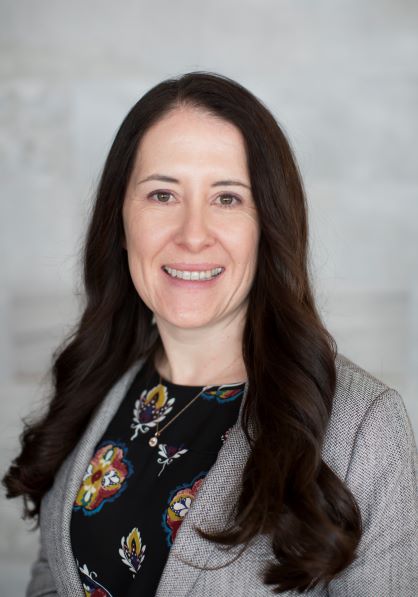
We live in an era of rapid innovation and digital transformation in healthcare. According to Accenture’s 2021 Digital Health Tech Vision report, 93% of health executives said their organizations are prioritizing urgent innovations this year; meanwhile, 81% said the pace of innovation is picking up in their organizations.
All of this innovation is being fueled by a sharp increase in funding for digital health. An estimated $6.7 billion went to healthcare startups during the first quarter of 2021 alone. And that figure is likely to grow.
Both patients and providers have benefited from this technological transformation and want to see it continue. Fortunately for them, the U.S. telehealth market revenues are expected to increase by more than 28% by 2026. Digital healthcare solutions like telehealth have made healthcare more cost-effective, efficient, and convenient. Telehealth reduces patient wait times, decreases the risk of illness transmission, and eliminates the need for people to take hours away from work to speak with a doctor.
Unfortunately, gaps in access still exist. Accessibility is still not universal, and a lot of the blame belongs to the digital divide in healthcare.
The Digital Divide in Healthcare and Telehealth Access
Persistent disparities keep some groups from having the same access to quality internet service, which is a necessity for telehealth. Black and Hispanic patients with specific chronic conditions are respectively 51% and 42% less likely than White patients with chronic illnesses to have quality internet access. Households with incomes of less than $25,000 were 45% less likely to have broadband access, too.
Certain areas of the country are also at a disadvantage when it comes to internet access and, therefore, access to virtual care. Only 65% of rural Americans and 60% of Americans living on tribal lands have access to high-speed internet. Further, people across the country live in Health Professional Shortage Areas (HPSAs) — areas that lack adequate primary care, mental health, and dental care providers or services — limiting their access to healthcare. About 81 million people in the U.S. live in primary care HPSAs, and 120 million people are in HSPAs defined by mental health.
There are also portions of the population with less digital literacy and reduced access to healthcare technology solutions, barring them from accessing and using internet-enabled devices to engage in virtual care. This blocks some of the most vulnerable populations from telehealth solutions — even though these populations need this technology the most.
Breaking Down the Barriers to Equitable Telehealth Access
To truly realize the potential of telehealth and other digital healthcare solutions, it’s absolutely crucial that innovations be accessible to all. Without taking concrete steps to increase accessibility, the continued segregation of care diminishes the ability for healthcare transformations to be truly transformative for all.
Inequality in healthcare access impacts everyone and ensuring access to care benefits everyone. Persistent inequality in healthcare increases the cost of medical care across the board. Considering the people who most need care for serious and chronic conditions tend to be the most disadvantaged by the digital divide in healthcare, breaking down telehealth access barriers should be a priority for us all.
By building up infrastructure that enables more people to access telehealth and other digital healthcare solutions, we increase the ability for providers to pinpoint and address any lingering gaps in care. It bolsters the effectiveness of patient outreach and lays the groundwork to have more effective conversations with the most vulnerable patients about their conditions and treatment needs.
To truly improve telehealth access and make it equitable for all — especially those in underserved communities — the focus has to be on finding ways to expand access to high-speed broadband. Making 5G connectivity available not only in more heavily populated areas but also in rural areas and underserved communities can help connect patients with providers virtually.
Further, there must be a renewed research and policy focus on fraud detection and security in telehealth. Healthcare providers and patients alike need to feel safe in sharing health information virtually. Medical data is incredibly sensitive, so it must be protected at all costs.
Healthcare innovations since the start of the pandemic have made care more accessible, but there is still a long way to go. While digital healthcare transformation and innovation should undoubtedly remain a top priority moving forward, we must also prioritize equal access to those innovations. Closing the digital divide and advancing the cause of equality in healthcare is more than noble — it’s essential.
About Dessiree Paoli
Dessiree Paoli is a senior solution manager at Interlace Health, a company that transforms workflows by providing clinicians and patients with digital healthcare solutions. She has more than 19 years of experience in driving strategic marketing initiatives, leading teams, and developing integrated campaigns, and she has worked in healthcare for more than 13 years.
